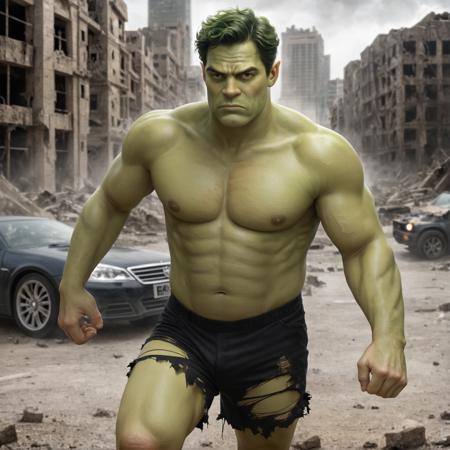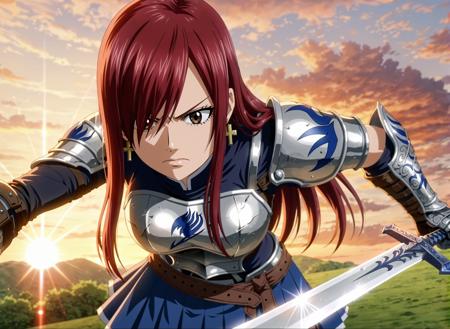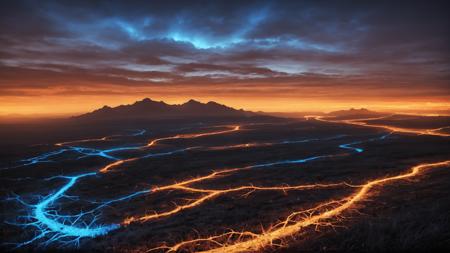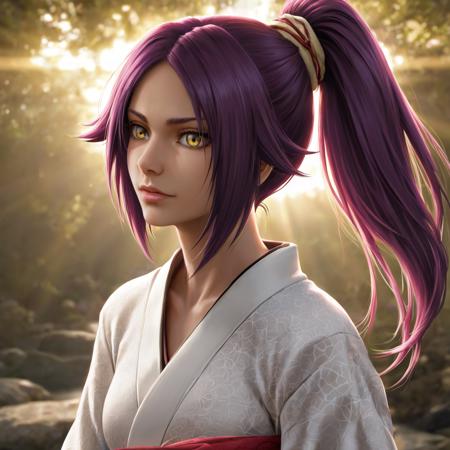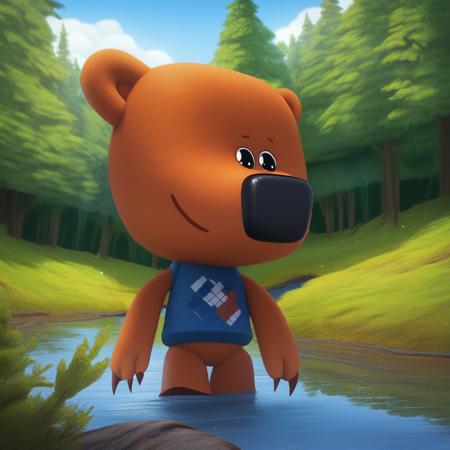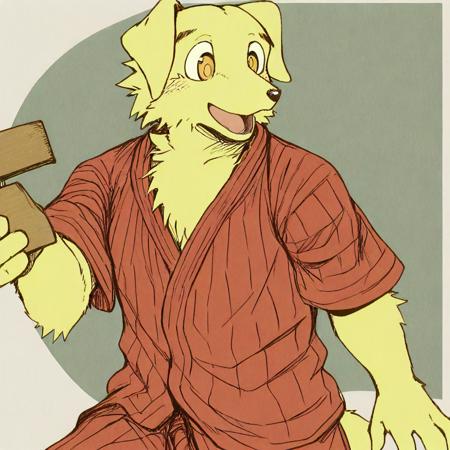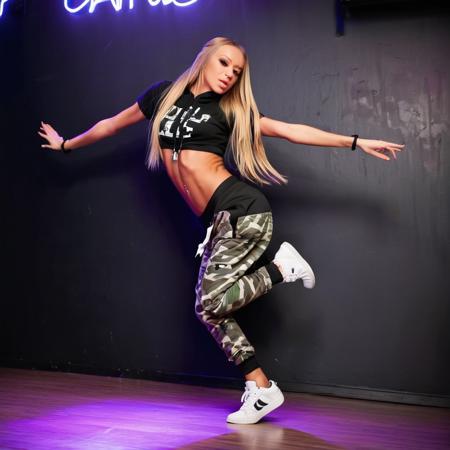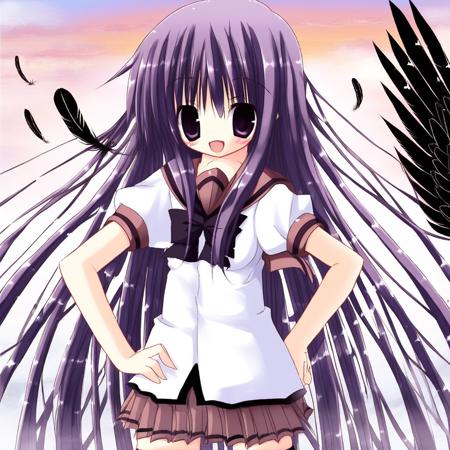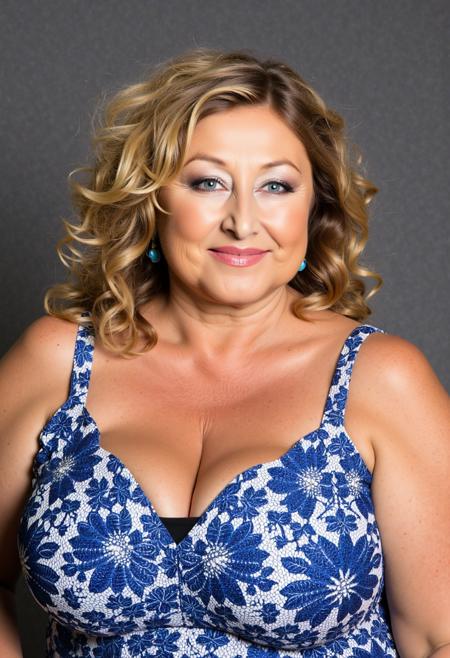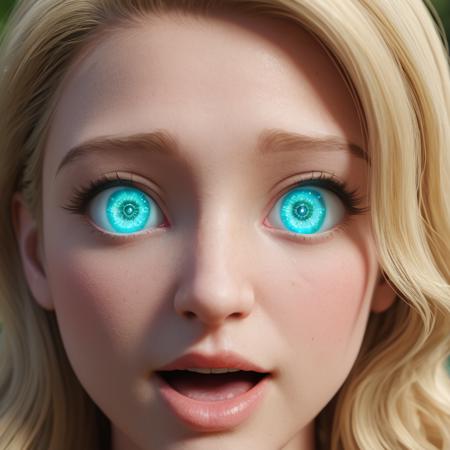
Crystal opal is a variety of opal that is highly prized for its transparent to translucent body and brilliant play-of-color, which appears to glow from within the stone. The term "crystal" refers not to the structure of the opal (since opals are amorphous, not crystalline) but to its clarity and the degree of light that can pass through the gemstone. Crystal opals are among the most sought-after opals due to their vibrant and often ethereal appearance.
Why call this model Crystal Opal?
Much of the beauty of artwork lies in the interaction with light. Scattered and refracted patterns of light and shadow in multiple directions, creating a dynamic play-of-color that changes as the angle of perspective shifts. Crystal opals and the Crystal Opal model have these qualities in common. I wanted a semi-realistic model that could play with light effects while remaining highly flexible in its style, so it made sense to go for a similar aesthetic in the name.
How was it made?
Crystal Opal was merged from multiple PDXL trained models and merges which focused on combining realism, CGI, and artistic styles. Unfortunately I don't have the exact parameters for this merge since it was created on another computer which isn't functional. I am confident that Everclear PNY by Zovya (V2 most likely) was used as the base model. The results of the merge were shared for feedback, and after a recent request to share the model publicly, I am uploading this here.
Base Model Credit: https://civitai.com/models/341433/everclear-pny-by-zovya
Everclear PNY by Zovya is an excellent model that produces some of the best realism of the available PDXL models. I highly recommend you check it out!
What does Crystal Opal struggle with?
The details of things like hands and eyes tend to get lost with distance. I generally correct for this using Adetailer and increasing the steps or size of the image in highres fix. Multiple character interactions tend to muddle details together. Because the model is so strongly prompted with booru tags, having multiple conflicting tags for different characters (such as, "blue hair, brown hair") generally causes characters to have swapped traits or shared effects. Using BREAK to separate prompts in automatic1111 seems to help and regional prompting extensions can solve for this by specifying where the prompt applies in the image. I intend to train on multi-character concepts in the future to see if this challenge can be overcome in the model inherently.
Key Characteristics of Crystal Opal:
-
Flexibility: The model is tolerant of multiple LoRAs being used simultaneously before artifacting. Usually two, and at reduced weights if the models aren't overbaked, you can use many complimentary LoRA without issue. The model can use high CFG using higher steps, and low steps at lower CFG. Experiment and see what you can do.As with most PDXL models, it is capable of NSFW content with its knowledge of male and female anatomy.
-
Characters: There is a focus on characters trained into the model. It understands popular characters from video games, CG movies, and a few anime characters. While its capacity to understand many characters from anime and from cinematic movies is limited, I intend to improve this output in the future. It understands characters and styles from the Nier Series, Overwatch, LoL, WoW, Dead or Alive, Fatal Fury, Ninja Gaiden, RWBY, and the list continues...
-
Default behaviors: Positive beauty prompts aren't needed to get good results, but the model responds well to them. The model doesn't need a negative prompt unless you're trying to eliminate something it tends to generate by default. A character prompt without any other contextual information will usually focus on a simple background with the character posed centrally looking at the viewer. As with most models, humans and female generations are favored, but the model has no issue generating males and no_humans when prompted.
How to use Crystal Opal:
-
VAE: The VAE is baked in, but you can use any SDXL compatible VAE that you like.
-
Sampler: The model can use most samplers without any issue. I use Euler A, and DPM++ 2M as my preferred samplers. Take a look at the test results below to see how the different samplers are handled.
-
CFG & Steps: Crystal Opal can support CFG ranging from around 4 to 10 without much issue at 20 steps. At higher CFG scores (~20) you'll want to increase the steps (40+) to prevent artifacts. At low step counts (~8) you'll want to reduce the CFG (~4) to prevent artifacts.
-
Size & Aspect Ratio: I like to use square aspect ratios above 1000 in size. Sizes ranging between 768 and 1280 generate well. Higher and lower than that range introduces deformation. Using Highres Fix, Image to Image, and Depth Control Net you can generate much larger images. Standard aspect ratios generate without issue as long as they don't stray too far from the recommended range. 1:1, 4:3, 3:2, 8:5, 16:9, and the inversion of those ratios are stable.
-
Prompting: Standard quality prompts for PDXL models work great (score_9, score_8_up, source_anime, etc.). This model benefits most from booru tag prompts, but it will understand more complex phrasing with a reduced degree of accuracy. I would avoid prompts that are conflicting with each other.These prompts can work individually or combined to alter the image style of generations:
-
Blender (medium),
Anime screencap,
Realistic, photorealistic,
Game CG,
Bokeh, blurry background,
Monochrome,
Colorful, colors,
-
Testing and Samples:
Sampler grids at 15 and 30 steps:
15 steps
 30 steps
30 steps

High CFG High Steps
 Low CFG Low Steps
Low CFG Low Steps

Note:
I am no expert, and there are many who use superior knowledge, tools, and techniques to train and merge models. I am experimenting and I love to learn, so I welcome any feedback, tips, and tricks.
描述:
This is the first public release.
训练词语:
名称: crystalOpalPDXL_crystalOpalV03.safetensors
大小 (KB): 6775433
类型: Model
Pickle 扫描结果: Success
Pickle 扫描信息: No Pickle imports
病毒扫描结果: Success

